Can a lone worker safety program contribute to your bottom line?
Investing in a lone worker safety program creates value for your business and will help to protect your employees while reducing the financial liability of your organization.
When business owners and C-suite executives take action to purchase safety products, there is value associated with direct and indirect costs. These extra costs contribute to the overall goal of keeping a safe working environment for all employees while eliminating or reducing the likelihood of harmful and dangerous injuries occurring. These benefits encourage workers to feel more comfortable and less stressed in their workplace, resulting in enriched productivity. But you already knew that, so let’s look at what might happen if your organization doesn’t make safety a priority.
The cost of not protecting your biggest investment (AKA your workforce)
A Blackline Safety study revealed that organizations that do not choose to invest in safety programs pay the ultimate price — increased fines and negative PR from employee fatalities and incidents. As stated by the International Labor Organization (ILO) there are 2.3 million workplace fatalities worldwide each year. Globally, many industries have become accustomed to paying fines and ignoring the sustained workplace safety issues. Social media, greater workers' rights, and improved awareness are creating an environment that will eventually squeeze out organizations that continue with poor safety practices.
Companies in Canada, the United States, and other nations with mature safety practices are now competing on a new forefront: who can create the safest working environment. So why are companies changing their perspective on safety programs? Although once viewed as an expense, strategic leaders now view safety programs as an investment: better public relations, better employee retention, better recruitment, fewer fines, and even an enviable ROI.
Through the rest of this article, we will explore the hard and soft costs behind workplace injuries, the benefits of a safety culture, and the ROI generated from your next safety investment.
Real world payouts
An American tuna manufacturing corporation recently settled a workplace fatality incident with a $6,000,000 payout. It’s been noted that some utility companies have paid in the tens of millions in private settlements for the deaths and injuries of employees. In Canada, a company was fined to the tune of $120,000 after a young worker tragically fell to his death working a construction job on a roof. It’s worth mentioning that in this scenario, the worker was trained in fall protection but was not using any form of fall protection at the time of the incident. The company was still found to be negligent. In addition to fines and the direct costs associated with workplace incidents, legal costs associated with major incidents can stack up quickly.
Hard costs per injury type
According to Safety and Health magazine the average workplace death from 2015-2016 cost approximately 1.2 million dollars. Other notable costs on a per injury basis:
- Motor vehicle: $73,559
- Fall/slip: $46,297 (Trips, slips, and falls are generally the leading category for workplace incidents)
- Amputation: $95,204 (Amputation is not uncommon in the utility industry where it has earned a reputation for being the industry with the most serious non-death injuries)
- Burn: $50,467 (Again, popular injury type for utility companies)
These figures are plain as day and easy for us to quantify. There are other, indirect costs to consider as well, not to mention the fiercely competitive landscape for skilled labour. An organization with a reputation for not prioritizing worker safety may struggle even more than its peers to attract key talent.
The indirect costs behind workplace injuries and fatalities
- Decrease in employee morale: In the event of a serious incident, the impact on your team cannot be overstated. Peer employees will question their own individual safety, rumours can start between departments, and the employee who sustained the injury, he or she may never feel comfortable performing that job again.
- Replacement Labour Costs: In order to maintain productivity, the company will need to replace the injured workers' hours with very little downtime, and usually continue to pay the injured worker their regular salary on top of the new replacement.
- Training: As if filling the vacant position wasn’t hard enough, now you need to train the replacement worker to learn and get up to speed to the level of productivity of the previously filled position.
- Accident inspection and corrective measures: After an incident occurs, an organization must undergo an investigation to discover the necessary corrective measures. Of course, these costs and time can be avoided if incidents do not occur. Inspections can uncover other opportunities to be fined as well. In Louisiana, a trucking company was fined $156,000 for exposing their workers to a variety of health and safety hazards without a fatality even occurring yet.
- Productivity decrease: Aside from productivity decreasing with low employee morale, when a serious incident occurs, large projects are often put on pause. The delays cost money and time.
We’ve covered the hard and soft costs of workplace incidents. It does not take a great deal of strategic thinking to recognize it’s better to avoid these large costs if possible. But there is more to safety programs than loss avoidance. There are clear-cut benefits that businesses must explore to remain competitive in today’s economic landscape. We’re talking about positive ROI for your bottom line.
Create an edge over the competition
Being a leader in workplace safety can give businesses a recruiting edge as workplace safety has been cited time and time again as a top criteria for employees considering a new job.
In addition to recruitment, leading executives believe that an effective workplace safety program will increase productivity, reduce costs, improve retention, and increase satisfaction among employees. Few other initiatives can have such an impact on a company as safety.
Insurance premiums
If you own a company that has incurred multiple workplace incidents, you probably know all too well that the number of incidents incurred is directly related to your insurance premiums. An article by the National Safety Council found that workplace fatalities cost the US economy $151 billion in 2016, which includes employers' uninsured costs.
Return on investment
There is one thing the safety authorities across Canada, the United States, and United Kingdom all agree on: There is an evident, measurable ROI to investing in safety culture. Organizations that implement safety plans earlier in the game will receive a better return.
It’s clear that there are major costs to not investing in the safety of your workforce. Now let’s look at what you can expect in return for making an investment in your safety programs. According to Safety Management Group, studies have shown that every dollar invested in safety programs provides a payback of $4-$6 in reduced costs.
Changing our thinking around safety programs to view them as an investment with positive ROI instead of an expense is a major shift in the way we think about budgets and capital allocation. For strategic thinking leaders with long term visions of success, this shift has already taken place.
About Telelink Emergency & Safety
For over 55 years, Telelink has offered emergency & safety services including lone-worker monitoring, journey management and incident response communications. We have long standing relationships with clients in a wide range of industries, including oil & gas, engineering, utilities, environmental services, renewables and government.
Backed by an award-winning team, our unique combination of consulting, technologies, and a 24/7 response centre mean we can provide truly holistic solutions to your needs. Get in touch today to learn bout how a Telelink safety program can improve your organization's bottom line.




Post a Comment